Hi everybody,
Before resuming our virtual ‘Journey around Scotland‘, let me tell you a few words about the titles I’ve just added to my summer reading list for whether we are going to take our favourite books with us on the beach, on a bench in the garden or in a comfortable armchair inside the house, it’s summer time and for many of us the best time to read.
Those of our readers who are fond of nature, poetry and good storytelling should be very interested not only by the books and magazine I’ve discovered recently but also by the fascinating life of the people who are publishing them. Sharon Blackie and David Knowles, whose incredible story you can read below, have created Two Ravens Press in 2006 in a working croft near Ullapool, in the Northern Highlands of Scotland.
The name and logo of this very special publishing house reflect the spirit of its creators. In 2010, Two Ravens Press moved from their croft in Ullapool to another working croft, in one of the most remote and wild corners of Scotland, on the beautiful western coast of the Isle of Lewis, in the Outer Hebrides. For us, the very name of these islands conjures up great memories forever printed on our mental map…
We went to the Outer Hebrides in 2003, 2004 and 2006 and have kept unforgettable memories of these remote islands, from Barra in the South to Lewis in the North. The landscapes, most often rugged and wild also offer to the visitor some of the most beautiful sand beaches of Scotland with waters as blue as those of the Mediterranean.
One can find there a rare quality of ‘silence’ only punctuated by the wind, the murmur of the ocean and the cries of the birds. We even saw a golden eagle hovering over the hills in the distance. Indeed, these islands are a paradise for birds and ornithologists and also for botanists who can find there rare species of plants.
Everybody can find a good reason to go there. Geologists and archaeologists will discover treasures and, provided the wind is not too strong, golfers will find an enchanting place near the ocean to play their favorite game.
The first time we went to Lewis, in September 2003, the nearby campsite had just closed and we could not find a single place to pitch the tent in the area for the ground was either boggy or rocky and covered with heather.
We turned round and round the island and finally found a small hotel room in Stornoway, not far from the harbour where we had landed a few hours before. A nice little white cat had also found a good place to spend the night. As soon as we opened the door of the car he jumped into it and nothing could decide him to go out in the dark. 😉
In May 2004, on our second trip to the Hebrides, we were more lucky to find accommodation. Hardly had we come out of the ferry Mull-Barra, that we found an idyllic place to pitch our tent. As there is no campsite in the area, the very kind lady in charge of the Tourist Office in Barra had advised us to try and find a place on the coast. In the shop we also bought an assortment of delicious fudge, locally made, a little extra which was much appreciated at the time. 😉
No TV or computer before going to ‘bed’ but the unexpected sight of a blazing sunset. 😉
We’ll come back later to the marvellous little islands we’ve discovered on driving up from Barra to Lewis…
On the western coast of the Island of Lewis, one can travel back in time for a village of black houses has been restored. This small community is one of the most interesting places we’ve visited in Scotland. One can even see a weaving loom in operation and the making of the famous traditional tweed by a very skilled crafstman.
But it is time to tell the story of Sharon and David at Two Ravens Press. I’m very enthusiastic about their work as writers, publishers and farmers. Not an easy life but certainly a road to happiness, an alternative to our consumer society.
I was looking for a book of poetry by Kenneth White when I fell upon Entanglements. What a coincidence, I said to myself. Entanglements is an anthology of poetry, subtitled ‘New ecopoetry’ and Kenneth White is the genial man who invented and developed the revolutionary concept of ‘geopoetics’.
The beautiful cover which seems to open the door to the Scottish wilderness, the mysterious word ‘Entanglements’ and finally what I read about the book, triggered my curiosity and I bought it. Royalties from sales of Entanglements will be donated to the John Muir Trust.
We live in the wild and beautiful region of Uig, just where the road runs out by the border with Harris. We keep two small flocks of registered rare-breed sheep (Hebrideans and Jacobs), a couple of breeding sows, Roman geese, Cayuga ducks, a miscellany of hens, and a Kerry milk cow.
And with our raised beds and Keder polytunnel, we are becoming self-sufficient in vegetable production. We love good books and good literature; we love good film and art, but we’re not much into popular culture – we don’t have a TV, and don’t know one end of a celebrity from another. But we do know what it is to regularly walk out of the house with a bivvy bag to a rock bed by the ocean, or to walk beyond the road’s end into the mountains and lochs beyond.
We know eagle and otter as well as sheep, pig and cow. And because we are writers as well as publishers, we know good writing when we see it. That and a deep love and respect for the natural world is what we hope to bring you in EarthLines magazine.
Sharon Blackie’s roots are in the north-east of England and in Edinburgh, though she has travelled all over the world and lived in France, Ireland and America. She now lives on a coastal croft in the Outer Hebrides with her husband, dogs and a growing collection of livestock.
Originally trained as a neuroscientist, she has worked in a variety of corporate consultancy roles, practiced as a psychologist, after completing an MA in Creative Writing at Manchester Metropolitan University, she set up Two Ravens Press with her husband, David Knowles, in 2006.
In 2008 she was selected as a ‘woman of achievement’ to attend the prestigious Woman of the Year lunch in London. She has also been a member of the board for HI-Arts, the arts and cultural development agency for the Highlands and Islands of Scotland.
In 1912 Bertrand Russell advised Wittgenstein to give up aviation in favour of philosophy. There was no similar advice forthcoming from the professors at Oxford when David Knowles abandoned his ambition to become an academic philosopher. He joined the RAF as a pilot in 1982. During the whole of his subsequent twenty-five-year RAF career David was assigned to flying duties – they never managed to tie him to a desk job. For most of that time he was on front-line Tornado ground-attack squadrons, amassing well over 3000 flight hours on one of the most potent airborne weapons systems of its day. From the closing years of the Cold War, through a decade of peace-keeping, the military victory in Iraq and then into its aftermath, David was strapped into the cockpit trying to make sense of what he was seeing, experiencing and participating in. Awarded a Distinguished Flying Cross for actions during the opening phase of the invasion of Iraq, David has first-hand experience of aspects of modern warfare which have scarcely been touched upon in poetry before. He has recently retired from the RAF and founded Two Ravens Press publishing house with his wife and fellow writer Sharon Blackie.
EarthLines is unique in that it springs from a way of life that is rooted in the natural world and in the wild: it is created and published by tiny independent publisher Two Ravens Press, from a working croft on the remote far western coast of the Isle of Lewis in the Outer Hebrides
All design, typesetting and production work – in fact, everything about EarthLines, including packing up the magazines and taking them on the early morning run to meet the post bus – is carried out here on the croft by the two of us.
‘A Wilder Vein is a significant contribution to the contemporary literature of place. The work gathered here is testy about piety, but not reticent about beauty. Repeatedly, these writers retourn to the idea that cognition is site specific, or motion-sensitive: that we think differently in different landscapes. And therefore, more radically, that certain thoughts might be possible only in certain places, such that when we lose those places, we are losing kinds of imagination as well.” (Robert Macfarlane in his Foreword to A Wilder Vein – Cambridge 2009)
An anthology of new literary non-fiction that focuses on the relationship between people and the wild places of Britain and Ireland. This is writing which animates a connection between humanity and the natural world, articulating discoveries and new ways of seeing – writing which is, above all, a meditation on who we are as people in a still-wild world. (Amazon review)
The name and the logo of Two Ravens Press rang a bell and I immediately turned to my library to take out The Last Bear and Castings by Mandy Haggith. These two books were published by Two Ravens Press.
Mandy, sitting with a book not far from the impressive Suilven mountain.
‘Suilven in the north west of Scotland is a magnificent mountain.
It’s not a Munro, it’s not a Corbett, but it remains magnificent.
For Suilven is wonderfully remote, breathtakingly craggy
and blessed with the sort of scenic panoramas
that prompt a landscape photographer out of bed
in the wee small hours of the morning.’
Mandy is a contemporary Scottish poet, a novelist and essayist who lives in a remote place in the North of the Highlands. She is also a dedicated activist whose life is devoted to environmental causes. ‘She travelled all over the world researching forests and the people dependent on them, and campaigning for their protection.’ thus following in the steps of her fellow countryman, John Muir, one of the first and most famous environmentalists in the world, born in Dunbar, in East Lothian.
There is a story written by Mandy in A Wilder Vein. It is entitled ‘Wild Life on Braighlinne’ which begins: “I have the privilege of living in Scotland’s ‘wild west’, a marvellous land, buffeted continuously by the Atlantic, storm-sculpted and sparsely populated. I inhabit a croft called Braighlinne.”
A haunting and compelling novel set one thousand years ago in the remote northwest Highlands of Scotland, The Last Bear recounts a tale of ecological and spiritual crisis from the viewpoint of one extraordinary woman.
Taking the story of the extinction of the brown bear as its focal point, a story of love, jealousy, family and faith unfolds as Brigid, the last in a long line of medicine women, tries to live out her life in a time of upheaval without losing her cultural roots. Her personal struggle is set against a transforming world, as powerful Viking families clash with Celts and old pagan beliefs are challenged by Christian faith, changes that reach even into the timeless depths of the forest.
Haggith weaves evocative descriptions of the natural world into a narrative that binds the characters ever more tightly into intrigue. Who killed the last bear in Scotland, and with what consequences?
‘The Last Bear is as much poem as prose, a lament for the last bear in Scotland, and the human ways of life that died with her. With the imposition of an alien religion the old harmonies are disrupted; the last bear is the final sacrifice of the old order. The Last Bear focuses on a pivotal historical moment, yet the results echo on down the centuries: the pain and loss of the last bear is, in fact, our own.’ Margaret Elphinstone
(from the backcover of The Last Bear)
You can go to the website of Two Ravens Press to read a long extract of the book…
Bear Witness, published in 2013 is Mandy Haggith’s last novel. I’m awaiting my own copy dedicated by the author.
In BEAR WITNESS, her rich and complex second novel, Mandy Haggith has written an ecological page-turner set in Norway and Scotland in the not too distant future. Callis MacArthur, a troubled scientist who counts pollen grains, is driven by her passionate desire to change the big picture by returning bears to the wilds of Scotland. Haggith’s moving novel explores different kinds of loss as Callis’ vision is challenged by disaster in her personal and professional life.
Haggith’s evocation of landscape and wildlife is lyrical and vivid, written with a poet’s eye for detail. Her characters convince and entertain. (One of her male characters surely deserves a novel of his own and left me hoping for a sequel.)
This ambitious, visionary novel belongs to no single genre but encompasses romance, drama, comedy and literary fiction. BEAR WITNESS is a big-hearted book and deserves to find a wide readership. It will make a significant contribution to the debate about the future of Scotland’s wilderness.
(Comment written on Amazon.com by Alba 52 who gave five stars to the book)
As I’ve already mentioned it I was looking for a book of poetry by Kenneth White and I found Open World, a big volume of 624 pages published by Birlinn in 2003 which I won’t hesitate to put it into my luggage. It is an anthology of the poems written between 1960-2000. The beautiful image of the heron which is represented on the cover is recurrent in Kenneth White’s writing, as well as ravens, swans and all kinds of birds).
It’s a few hundred yards farther along the path that I see the heron, a grey heron, as still as the cormorants if not stiller – head poised, beak pointed into the air. It is standing on the bank opposite, on a field of gras, grey under the grey sky, still as a stone: sheer beauty, perfect presence. (Kenneth White in House of Tides page15 – Polygon 2000).
Marie Claude White, his wife, has translated the book into French under the title of La maison des marées and there is even a digitized version which I have downloaded on my kindle to be able to read and re-read it at leisure.
Open World is divided in seven ‘Books’ arranged chronologically and it can be read as a poetical autobiography.
BOOK I : Caledonia Road Blues
BOOK II : In the Backlands
BOOK III : Walking the Coast
BOOK IV : The Bird Path
BOOK V : Mountain Meditations
BOOK VI : Handbook for the Diamond Country
BOOK VII : Leaves of an Atlantic Atlas
I rarely travel without taking with me books of my favourite authors and Kenneth White is one of them. Our travel in Quebec would not have been the same without our daily reading of The Blue Road. 😉
The new edition of this book in French, La route bleue, is more attractive with its new cover than the original edition (there is a map on it which reflects Kenneth White’s love for maps!) There is a new interesting Preface to the book which can be read on Kenneth White’s website
……………………..
Well, all these books are on my desk presently and in the morning one can find some of them on my bedside table. 😉 I’ve downloaded A Wilder Vein on my Kindle so that I can read it each time I take the tram to Bordeaux.
I’ve also bought the paper version of it and I don’t regret it for it is a nice and pretty good quality edition. I love books and I couldn’t do without touching them. I’ve ordered the four back issues of EarthLines to be sure not to miss a single one.
It is with great pleasure and much anticipation that I’m reading EarthLines number 5. I like very much Sharon’s editorial and the lively way in which she writes about her daily life at the croft. ‘Underworlds’, the first essay which won the 2013 EarthLines Essay Prize is worth the award.
I read it as if it was a detective novel! Count on me to tell you more later about my readings… I feel like a gold miner who has just found big gold nuggets 😉
To end this post I’ve found a very interesting You Tube video made by people who have been lucky to spend a few days in a black house in the restored village of Gearrannan beach. You will note that the weather can’t be rough and the ocean not always as quiet as it appears on my above photo.
Bonne lecture et bonnes vacances à tous !
A bientôt.
Mairiuna.





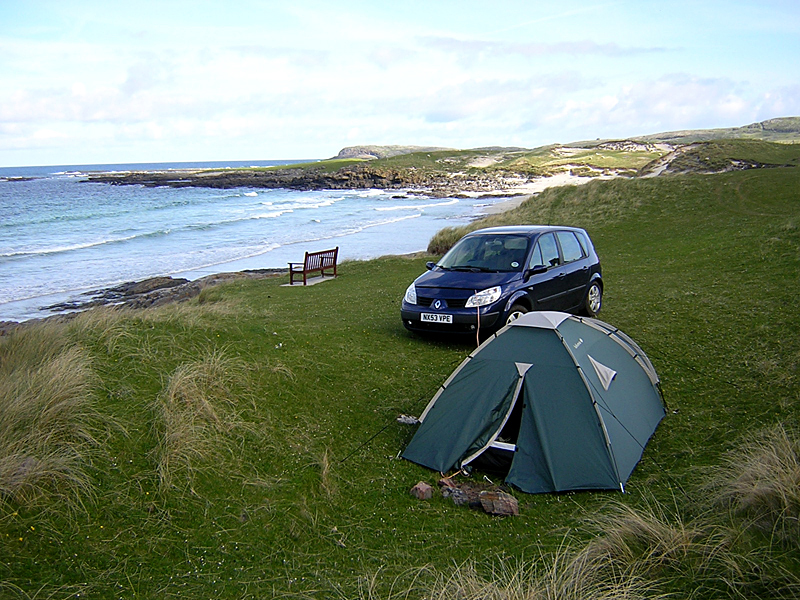

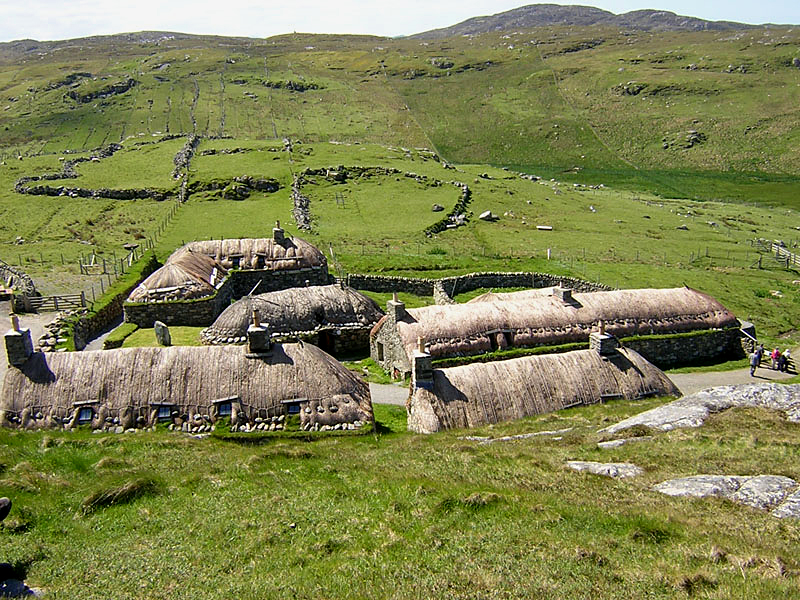
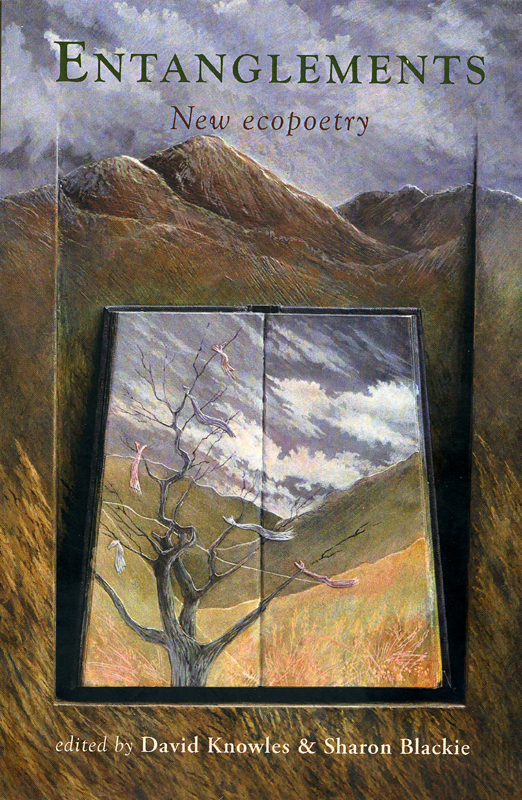


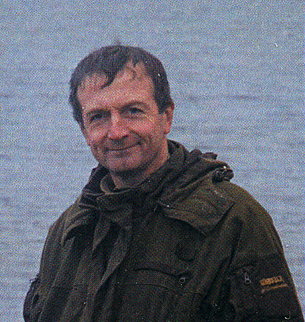




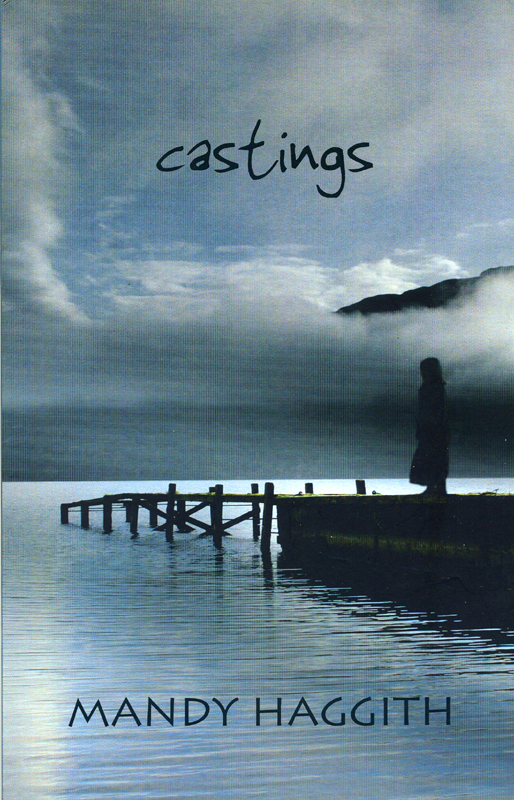
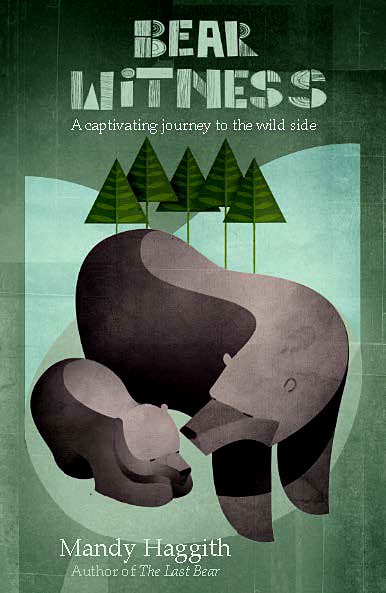



Leave a Reply